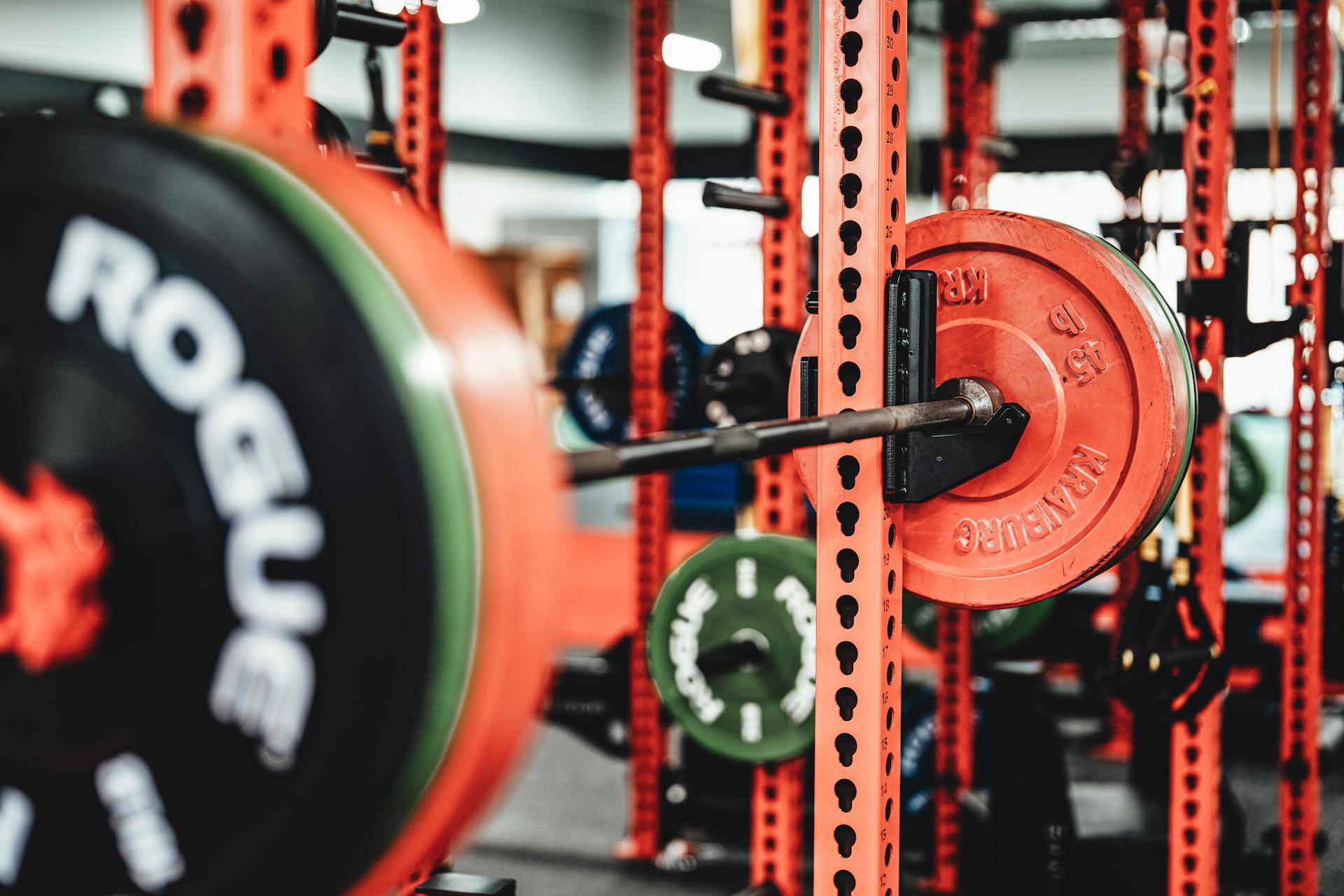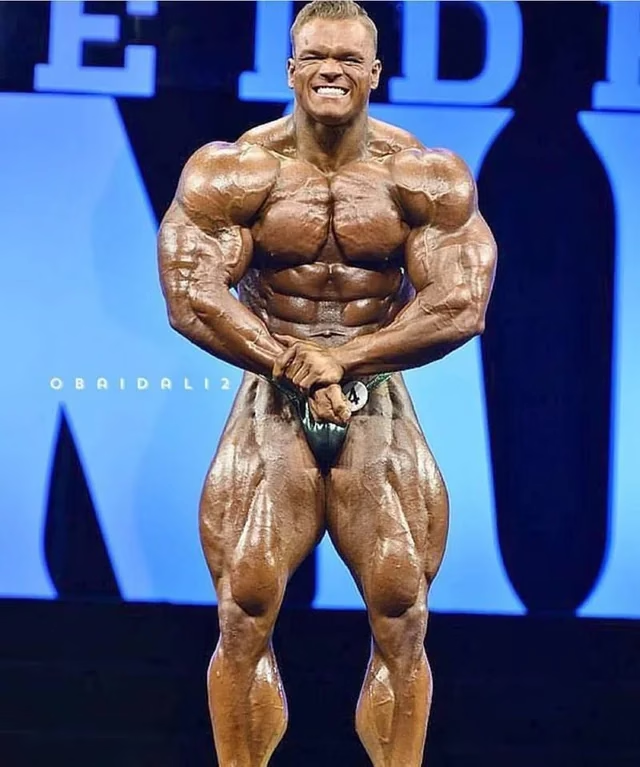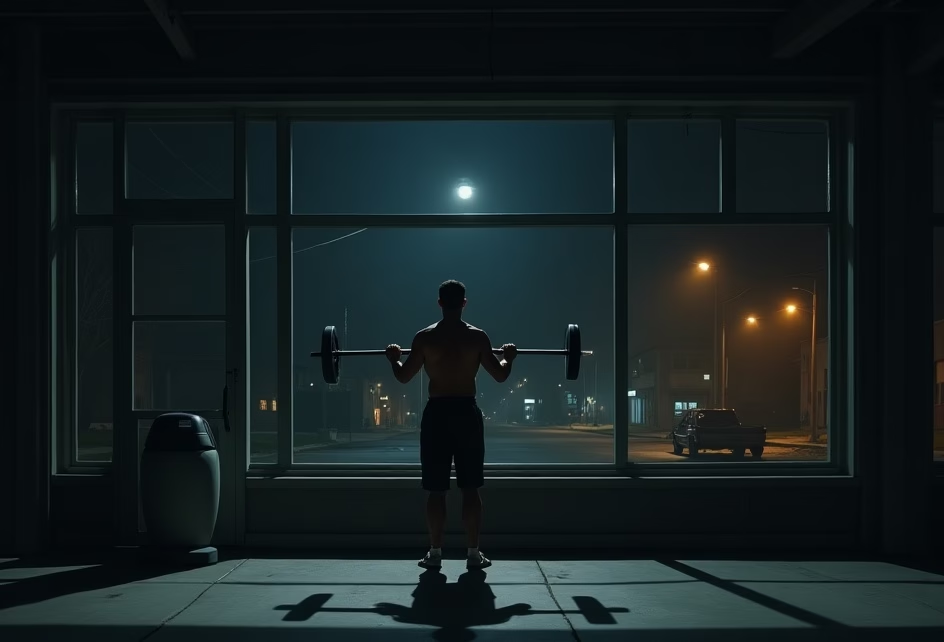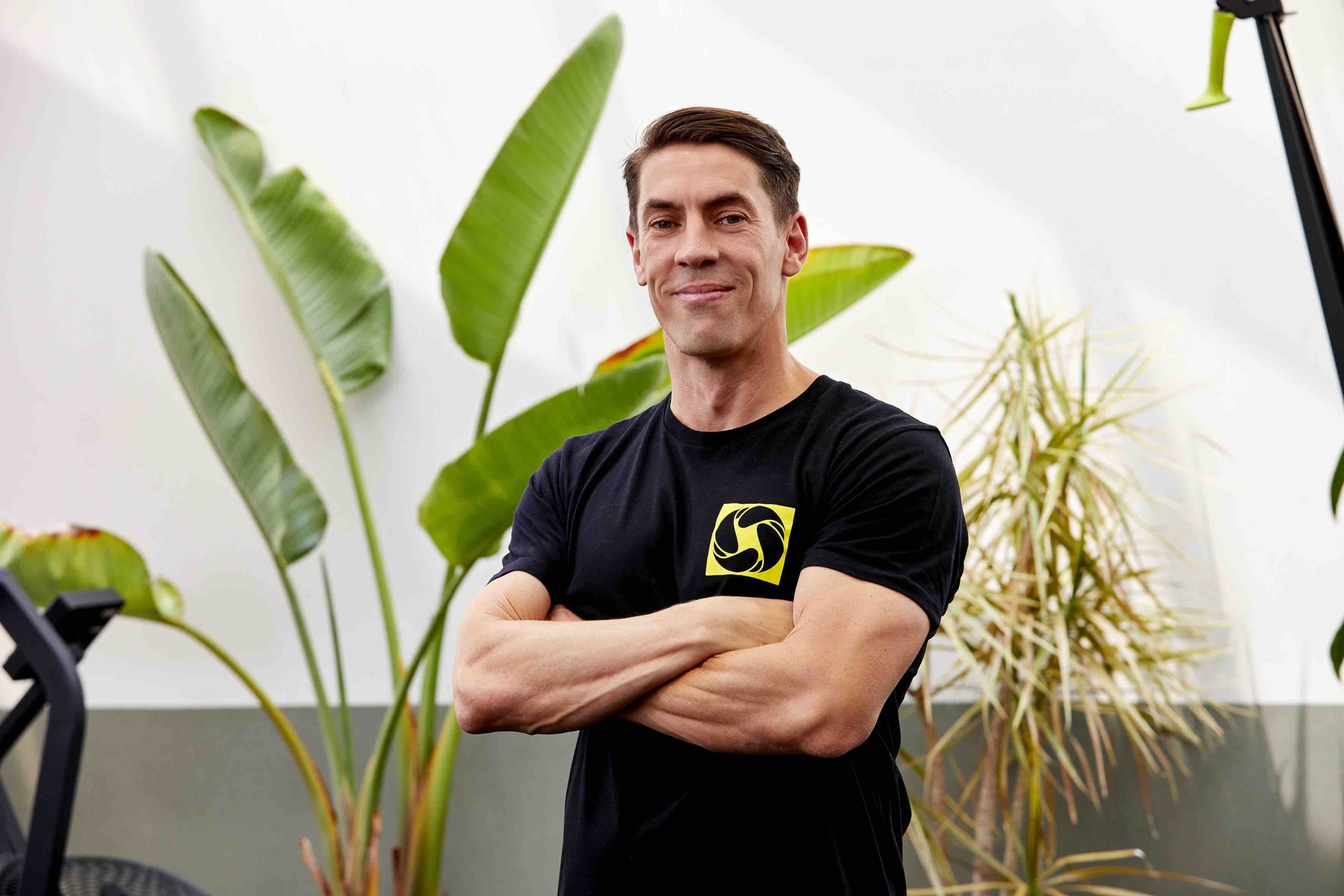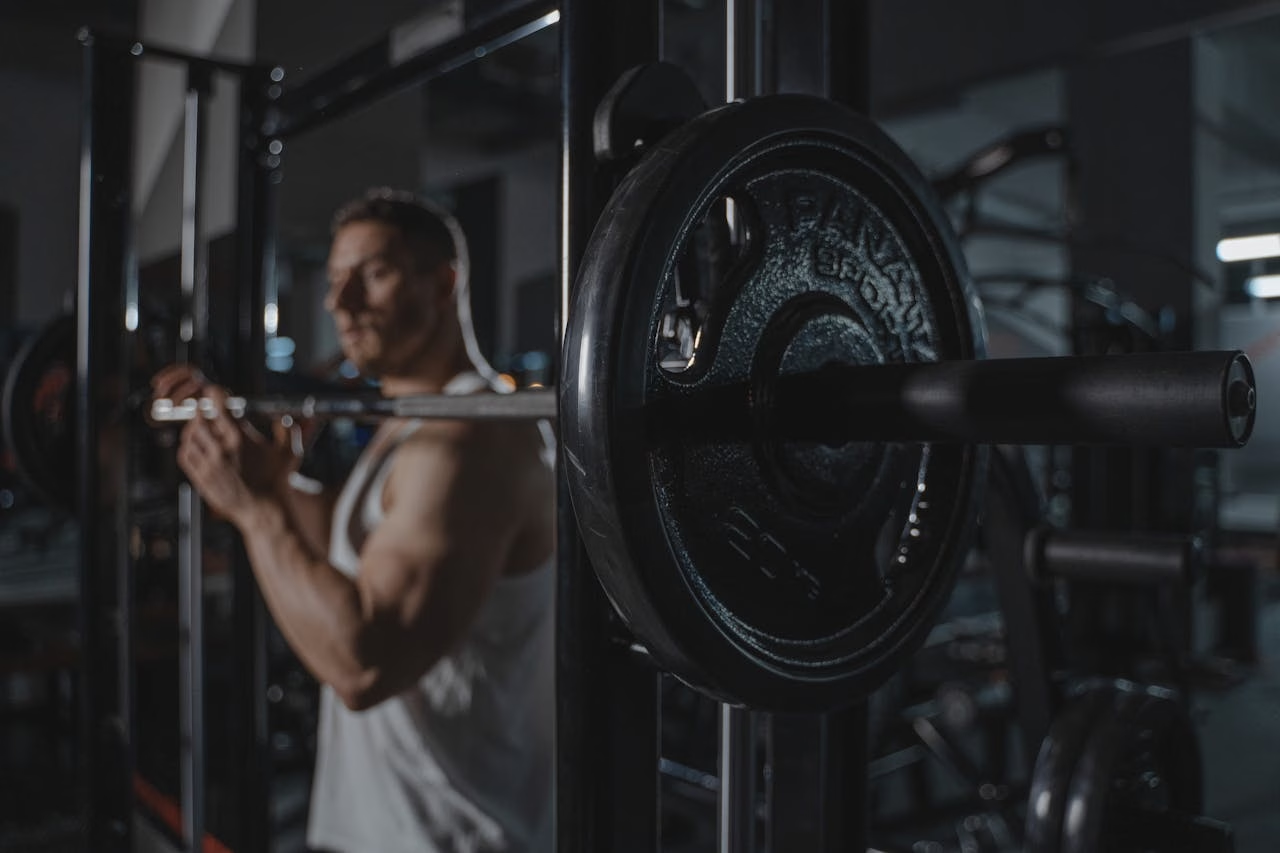As most lifters would know, squatting is central to lower-body strength and improving overall fitness. Some people, especially beginners, can experience sharp and worrying pain while squatting. While not always the case, the reason is usually poor form. In this post, I will do a deep dive and explore some practical tips for squatting without pain.
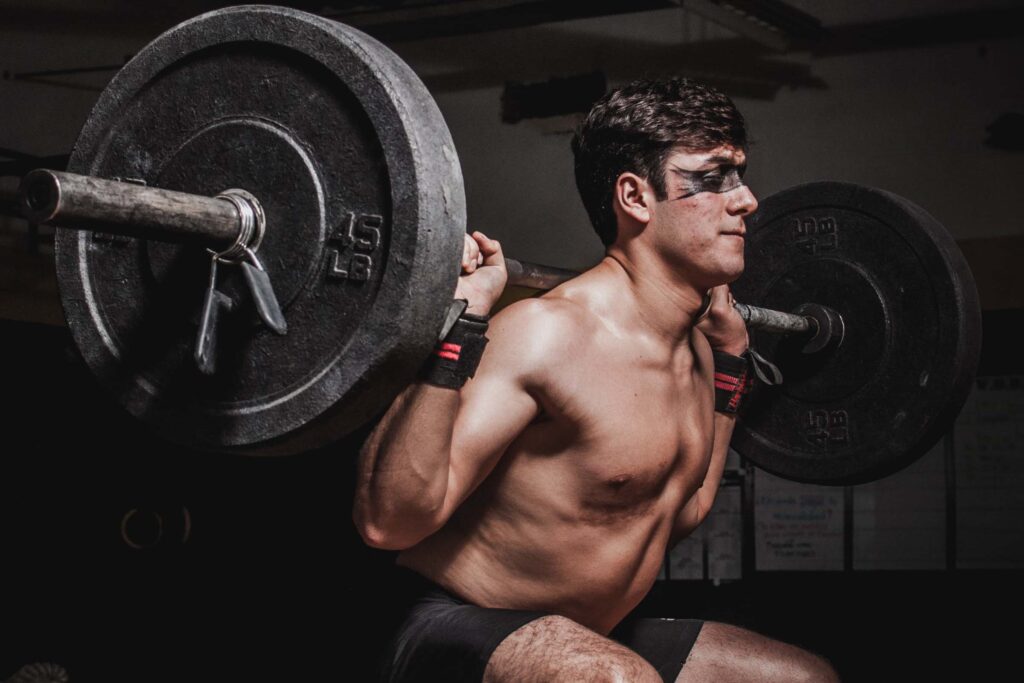
What Are The Restricting Factors For Squatting?
There are several reasons why squatting can lead to pain, the biggest is probably a lack of hip mobility. With restrictions on the hip joint, getting into a deep squat will be tough, leading to poor form and an increased risk of injury. This is where people will start repping out only quarter squats. Yes, you can lift heavier weights like this, but it adds pressure to your knees and lower back. How’s your hip mobility? To find out, take the…
Hip mobility test:
The hips have many movements, to test for each one here is what you can do:
Hip flexion
- Lay completely flat on the ground
- Lift one of your legs and hold your knee with both hands
- Pull your knee towards your body while keeping the other leg planted on the floor
- You should be able to comfortably get your knee close to your chest without any pain in each leg
Keep in mind this is a unilateral movement so perform it one leg at a time and make sure your knees stay pointing straight toward your chest.
Hip Extension:
- Sit down on your knees
- With one leg, straighten it out behind you
- Lean your body down to the ground
- Lift the back leg up
- You should be able to get a few inches off the ground
Make sure not to rock your upper body
Hip external rotation:
- Sit tall on a chair or at the edge of your bed
- Slightly lift one foot off the floor
- While locking out the knee push that foot outwards as far as possible
- You should be able to at least get a 30-degree bend
Make sure to not twist your upper body, and keep a tall posture
Hip internal rotation:
- This will be the same as your external rotation test. The only difference is rather than pushing your foot outwards, you will push them inwards.
- You should be able to at least get a 30-degree bend
Solution:
Depending on what aspect of the movement you have issues with, will determine what type of exercise you will need to do. Here are some exercises for each problem:
- Hip flexion– Glute bridge, Single leg raises, and Seated butterfly
- Hip extension– Face lying leg lifts, Quadruped kickbacks, and Step-ups
- External rotation– The clamshell, Fire hydrants, and Pigeon pose
- Internal rotation– Seated leg extension, 90-90 foot lift and Wall sit
Lack Of Ankle Dorsiflexion
During a squat, the ankle joint needs to dorsiflex, or bend towards the shin, in order to maintain a stable and balanced position. Tightness on the ankles will cause heels to come off the ground when trying to hit depth. Squatting on your toes is fine with just body weight, however, once you incorporate weight this can put excess pressure on your knees. Therefore ankle mobility is an important factor in performing squats correctly and efficiently.
Ankle mobility test
- Face the wall at a 5-inch distance from your toe
- Get down on one knee and leave the other foot planted on the floor
- Try to touch the wall with your knee without the heels coming off the floor
- If your heels start to lift, this is a sign of a mobility issue
Solution
The most common cause of poor ankle mobility is the tightness of your calf muscles. A solution for it is the heel drop stretch:
- Stand on the edge of your stairs
- Let one of your heels drop off the stairs and shift your weight onto it
- You should feel an amazing stretch on your calves muscle
Don’t try to force the range of motion, go as low as you can. As with extreme tightness in your calves stretching vigorously can cause the muscles to tear,
Poor Shoulder Mobility
An adequate amount of shoulder mobility is also required to perform a proper squat. It is often overlooked, but it plays a crucial role in maintaining proper form during exercise. During the back squat, the barbell rests on your upper back held by the traps and the rear deltoids. With a lack of shoulder mobility, individuals may find it challenging to keep the barbell securely in place and maintain good form, which can lead to shoulder and back pains. This will only be relevant if a barbell is being used~ If you are just squatting with your body weight or a dumbbell, you can skip this part.
Shoulder mobility test
- Sit down with your back against the wall
- At a 90-degree angle spread your arms beside you
- While maintaining your wrist and back in contact with the wall, slide your hand up high as you can manage
- The aim is to straighten out your arms without any pain
Solution
The factor which can be restricting your shoulder mobility~ these being insufficient shoulder external rotation due to tightness in the lats and pecs.
For pecs:
- Get a massage ball and pin it against the wall
- Lean your pec muscle onto the ball and move your arm up and down for 1-2 minutes on each side
- This will improve the flexibility of those muscles and allow you to externally rotate your shoulders better
Move your body to hit all sides of the peck and focus on the section which is feeling tender.
For lats:
- Get behind a chair and hold the top of the backrest
- Take a few steps back
- Push your glutes back to lower your upper body and hold the position for a few seconds
Make sure not to round your back to allow the lats to stretch out.
Tight Hamstrings
The hamstrings play an essential role in keeping the hips and knees aligned. If the hamstrings lack mobility, it would be challenging to maintain an upright posture, and it can even lead to rounding of the back. The hamstrings also help to stabilize and protect the knee joint during the squat. So with hamstring tightness, the knee joint may be forced to bear excessive weight~ leading to strains and pain.
Hamstring mobility test
- Lay with your back flat on the floor
- Lift one leg straight up while making sure the other leg stays pinned down
- You are looking to get around 80-90 degrees of hip flexion of both legs for a normal range of motion
Try to keep your whole body still, except for the moving leg.
Solution
There are many reasons why your hamstrings could be tight~ it can be caused by sitting down for a prolonged period or due to overworking them.
- Sit down on a chair
- Straighten out one of your legs and keep the other one neutral
- Try to touch your toe or get close to it as possible without bending your knee
- hold for 10-15 seconds per leg
No matter how far down you get to your leg, remember the goal is to gradually progress over time, so no need to rush the process.
Squatting: Correct Form
You need to master the correct form to both minimize the risk of injury and reap the most benefit out of this training. Below are all the things you need to pay attention to, for optimizing your form.
The Squat Stance
The stance used when performing a squat is an essential factor that impacts the muscles targeted, joint stress, and range of motion. There are three categories that people fall into ~ narrow stance, shoulder width stance, and wide stance.
Narrow stance– While you may be able to get a deeper range of motion, however, your knees will travel further forward than other stances, which can increase the chance of knee pain.
Additionally, your stance is literally the foundation, with a narrow stance you will be unstable once you mix in heavyweights.
Wide stance– You will feel more stable in this stance, but the drawback is it will be extremely hard to break parallel and maintain a good posture.
Furthermore, added force is inflicted onto your groins, which in turn can cause pain further down the line.
Shoulder width stance– You should aim your stance to be somewhere around your close to shoulder width.
This creates the perfect footing that allows you to both break parallel comfortably and provide stability.
Depending on your body structure, you might have to go a bit wider or narrower than shoulder width.
Gripping The Barbell
There is no right answer to how you should grip your bar, it all depends on what feels right for you. But what works for most people is a medium grip from the center of the bar. You should be able to comfortably rest the bar onto your traps and squeeze your upper back to stabilize it. Going too narrow can overexert your shoulders and going too wide can cause you to lose tension in your back.
There are two types of grips you can have:
Full grip– this is where you grip the bar with your whole hand.
- Advantage- with a full grip you can fully secure the bar onto your back.
- Disadvantage- requires higher shoulder mobility and wrists are bent more, which can lead to wrist & elbow discomfort
Thumbless grip– This is where you only grip the bar with four of your fingers, leaving out your thumb.
- Advantage- easier on the wrist and requires less shoulder mobility
- Disadvantage- Less stable on the back
The Bar Position
You can have two different bar positions while squatting~ a high bar or a low bar
High bar– the bar rests on your traps, just below your neck. You use the traps as a shelf to hold the bar in place. Traps also act as pads to prevent the bar from crushing your bones.
- Advantage- You can stay in an upright position which puts less pressure on your lower back.
- Disadvantage- Can lift less weight compared to low bar.
Low bar– the bar is positioned on top of your shoulder blades. This time around your posterior deltoid will be securing the bar on your back.
- Advantage- It’s better for building strength overall. As your posterior chain will be activated more, muscles like the glutes and hamstrings get worked harder.
- Disadvantage- It demands greater shoulder mobility and without it, you can get pains through your shoulders and wrists.
Feet
Your feet should be pointing out at a 10-30 degree angle rather than just pointing straight forward. First, as a foundation, this provides higher stability, and secondly, it demands less mobility of the hips & ankles~ making it easier to hit depth. The knees and feet need to stay aligned to prevent the knee joint from twisting. So if you keep your feet pointing forward, your knees can block your upper body when trying to squat deep. Also, keep in mind that your heels and toes must stay grounded throughout the lift to avoid you losing balance.
Upper Back
Contract your upper back, this will create that shelf for the bar and create the perfect tension to stop the bar from rolling.To get the muscle tightness you need to get the correct elbow positioning. Your elbows should not be flaring out or pointing straight down. A vertical forearm will put unnecessary pressure on your elbows and wrist. While a horizontal forearm can lead to the roundness of the back.What you are looking for is to raise your elbow slightly while keeping them close to your torso. This will support creating that upper back tension and minimize wrist & elbow pains.
Lower Back
At the bottom of the squat fight the urge of rounding your lower back. When your pelvis tilts, it pulls your lumbar spine causing your glutes to move under your body also known as the butt wink. Disturbing the natural curvature of the spine, over time will cause a disk bulge on your lumbar spine leading to injuries.To avoid this, maintain a neutral spine and work on your depth slowly. Forcing range of motion when your body is not ready can lead to rounding of the back.
Conclusion
Squatting involves various muscles making it a complicated movement that takes both time and a lot of practice to achieve the correct form, however, it’s a great exercise for building strength and burning off those calories~ supporting you with goals such as weight loss. Before going straight into a squat, try to figure out your limiting factor by conducting tests on different muscle groups. Increasing the flexibility of individual muscles will be more beneficial than forcing the range of motion of your squat. The structure of everyone’s body is a little different, so the form might change slightly from person to person. But the main principle explained above under ‘Correct Form’ will apply to everyone.

Kevin
Hey, my name is Kevin and I am all about spreading positive information about living a healthy life. Leading a healthy life does not need to be complicated. There are plenty of easy methods that fit everyone. I share health & fitness topics over on my website www.raikevin.com. Feel free to check them out.
